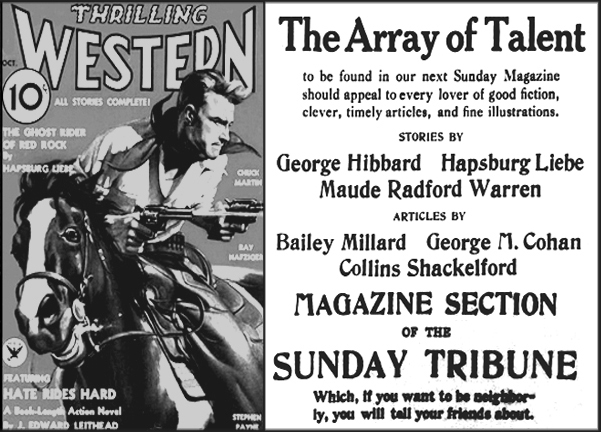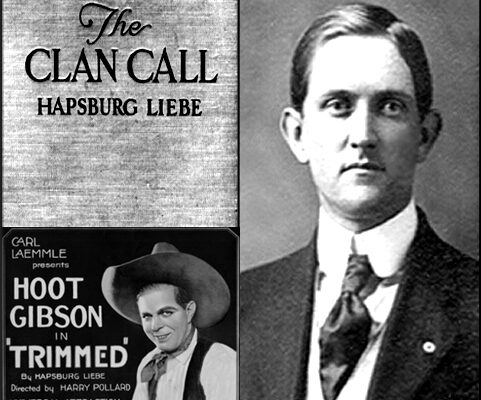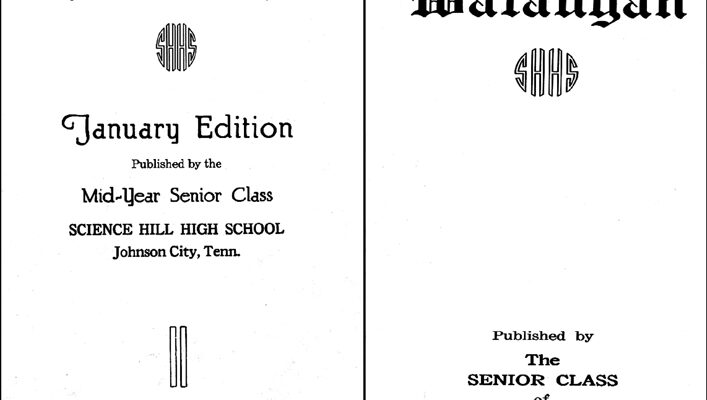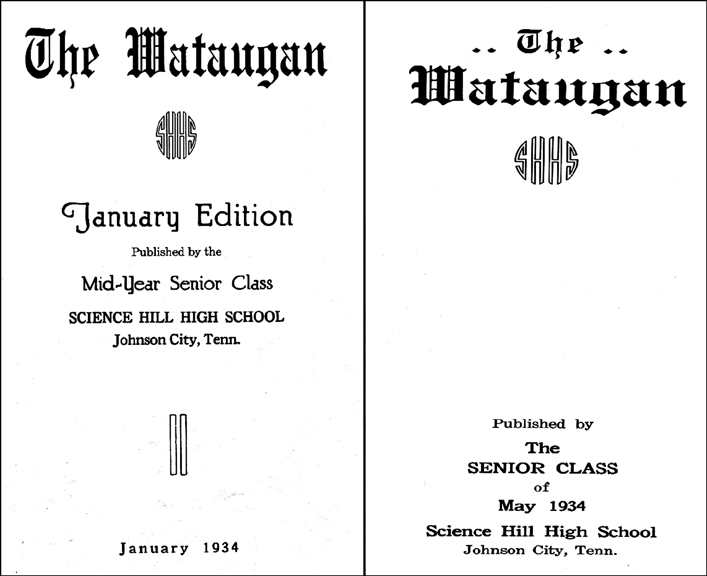While examining my late Grandma Cox’s scrapbook and photo collection, I stumbled upon a picture and an obituary notice for Charles Haven Liebe. According to her compilation, their great grandfathers were brothers.

Charles was born in 1880 on Lick Creek in Greene County. After serving in the Spanish-American War in 1898, he married Harriet “Hattie” Lee White. The couple moved to Johnson City about 1916, residing for about two years at 915 E. Sixth Avenue (Carnegie designed street later renamed Holston Avenue). Charles’s writing career began in 1910 and kept him gainfully employed until 1953, yielding one fiction novel and an estimated 321 short stories for pulp magazines and newspapers. He used “Hapsburg Liebe” as his pen name, but occasionally utilized two additional ones, “Charles Haven” and “John Bennett.” The Liebe family moved to St. Petersburg, Florida where he purchased a movie studio by the name of Tropical Pictures.
Pulp magazines were very popular from 1896 through the 1950s because of their low cost (about 10 cents) and entertaining action packed stories. They were so-named because they were printed on cheap wood pulp paper often with untrimmed edges. However, the covers were eye grabbers, featuring bold multihued colorful art and bold action scenes. Hapsburg focused mainly on westerns, but occasionally ventured into stories about the mountaineer clan that he knew so well. Some of the magazines (and years) that Liebe wrote for include the following:

Ace-High Magazine (1928-41), Adventure (1916), All Western Magazine (1935-38), Argosy (1918-36), Big-Book Western Magazine (1940-41), Blue Book (1913-27), Colliers (1919), Complete Story Magazine (1925), Double Action Western (1936-39), Double-Action Gang Magazine (1938), Exciting Western (1941-42), Fiction Quarterly (1944), Frontier Stories (1927), Good Stories (1921-31), Grit Magazine(1929), Gun-Swift Western (1938), Jester’s Luck (1936), Master Thriller Series (1937), Mellifont All Western Library (1940s), North West Stories (1927), People’s Home Journal (1912-13), Popular Western (1936-42), Range Riders Western (1942-49), Romance (1915-29), Romantic West Annual (1952), Short Stories (1920-59), Street & Smith’s Western Story (1942-47), Texas Rangers (1937-57), The Danger Trail (1928), The Golden West Magazine (1927), The Phantom Detective (1935), The Rio Kid Western (1940-41), Thrilling Western (1934-40), Top-Notch, (1925-36), Triple-X Western (1928-31), West (1927-51), Western Action (1938-39), Western Magazine (1936-45), Western Romances (1937), Western Short Stories (1942), Western Yarns (1938), Wild West Stories (1936), Wild West Weekly (1940-43) and World Wide Adventure (1967, published after his death).
Seven silent black and white movies were made from Hapsburg Liebe’s stories. Shown below (if known) are film titles, date, genre, run times, recognizable movie stars and production companies: Circumstantial Evidence (1912, 10 minutes, Selig Polyscope Co.), Weapons of Love (1916, Big U Co.), The Last Rebel (1918, drama, Triangle Film Corp.), Bill Apperson’s Boy (1919, drama, Jack Pickford Film Co.), Trimmed (1922, drama/western, five 10-minute 35-mm reels, starring Hoot Gibson, Universal Film Manufacturing Co.), The Broad Road (1923, melodrama, Associated Authors) and Down Upon the Suwanee River (1925, melodrama, Royal Palm Productions). Perhaps this inspired Hapsburg to purchase his own movie production company.
Surprising, Hapsburg wrote only one fiction novel, a 239-page mountaineer story titled Clan Call (Doubleday, Page and Co., 1920), which makes references to several East Tennessee landmarks. It deals with a mountain clan.
In 1957, Hapsburg passed away in St. Petersburg and was given a military funeral. William Johnson of Houston Texas, who amassed a large collection of his writings, donated it to the Swem Library at the College of William and Mary. Perhaps it is time for my wife and me to visit Colonial Williamsburg and learn more about my relative.




